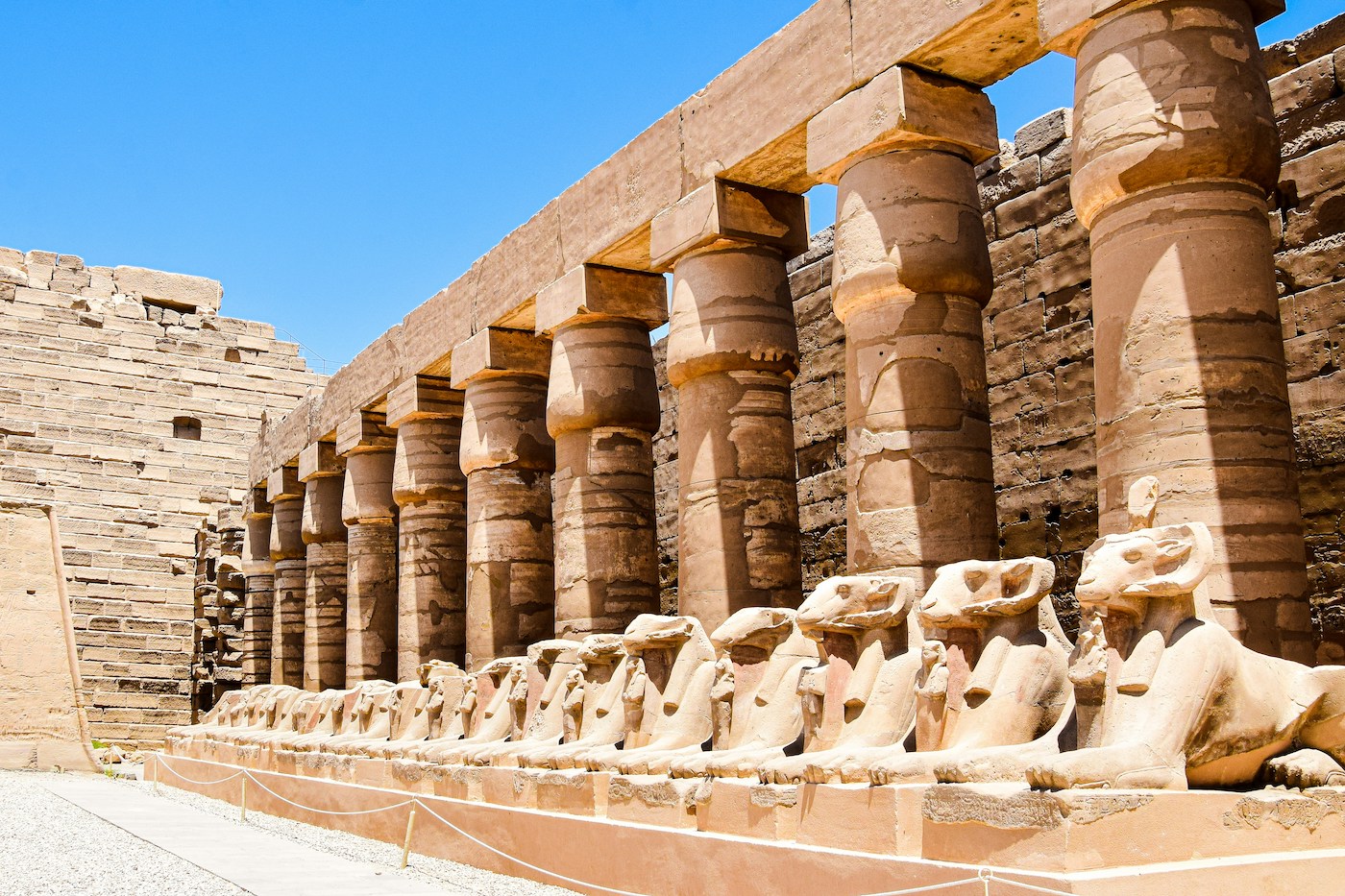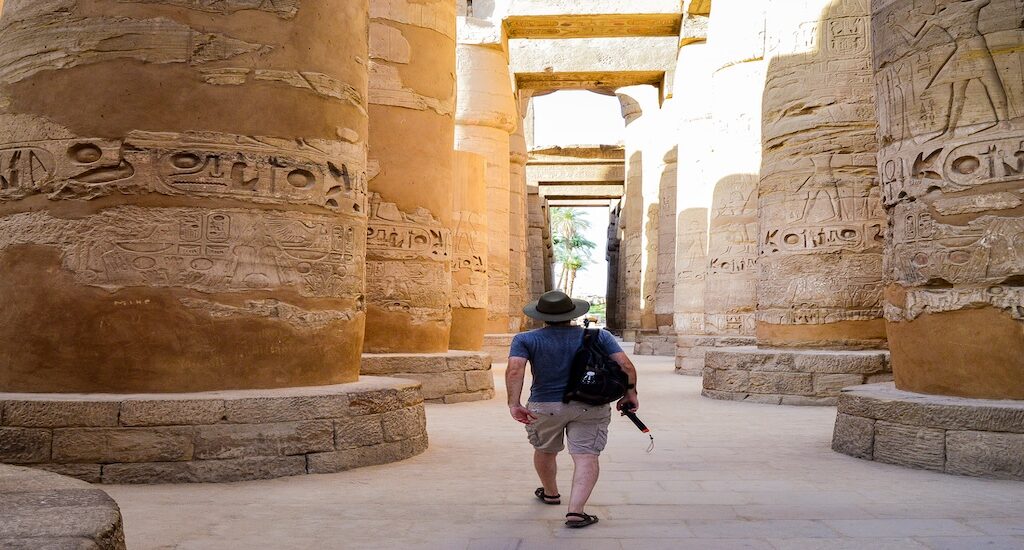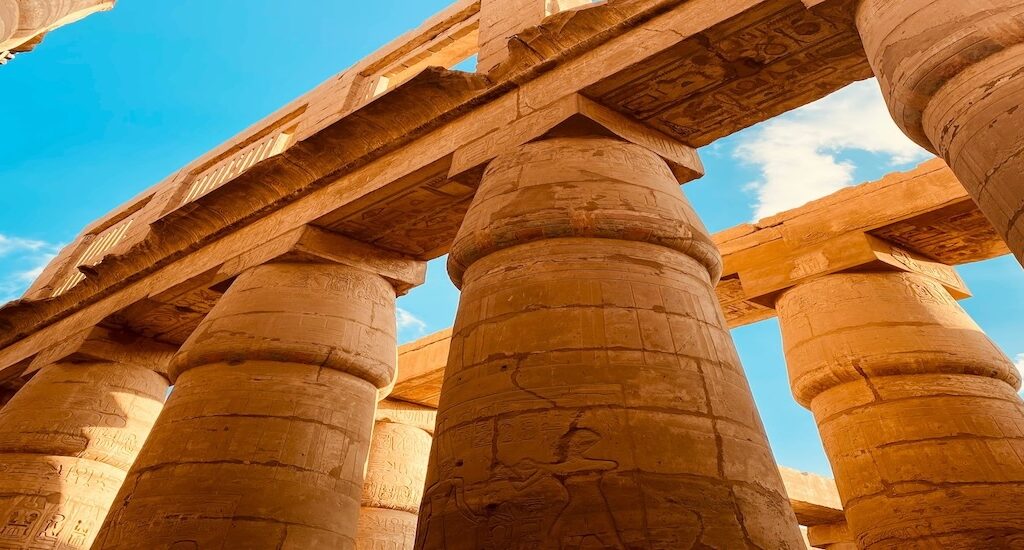
Was Karnak an Open Egyptian Temple or a Fortress for the Elite?
The Egyptian temple and The Karnak Temple complex as an example, often taken into consideration one of the most astounding monuments of historical Egypt, has inspired fascination for millennia. From tourists and historians to archaeologists and adventurers, the mysteries of Karnak hold to enthrall us. But a chronic question lingers: Was Karnak an open spiritual net web page on hand to the masses, or turn out to be it a castle reserved handiest for the elite? The answer is a long way from honest and includes an exploration of religion, social hierarchy, and the symbolic importance of this extremely good Egyptian temple.
The Mysteries of Karnak: More Than a Temple
The Karnak Temple, located in Luxor, is frequently visible as a key to know-how Egypt’s historical civilization. Spanning over two hundred acres, the complicated is the largest spiritual net website within the historical global and changed into committed to the worship of the god Amun-Ra, in addition to different deities. But beyond its non secular importance, Karnak became additionally a political and social middle. Unlike the smaller, extra intimate temples that dotted the Nile, Karnak exuded grandeur and exclusivity. This dichotomy has led scholars to discuss: Was Karnak surely open to the general population, or end up it limited, functioning greater as a fortress for the elite of Egyptian society?
The Egyptian Temple as a Sacred Stage: Who Could Enter Karnak?
The idea of an Egyptian temple turned into specifically nuanced. Temples like Karnak weren’t absolutely locations of prayer; they have been the final degree for sacred rituals, connecting the earthly and the divine. This grandeur induced constrained get right of entry to, with various elements of the temple open to special companies of humans primarily based on their popularity.

The outer courtyard of Karnak changed into handy to pilgrims and people journeying for public ceremonies, but the deeper sanctuaries remained off-limits to all but monks and pharaohs. This controlled access approach that, to a point, Karnak have become unique. The innermost areas were reserved for the rituals that ensured divine pick—done by way of the usage of the elite, for the elite. It is a misconception to endure in thoughts the ones spaces as bustling facilities for the commonplace Egyptian; as an opportunity, they have been greater like secluded sanctuaries, included through using large gates and high partitions.
Fortress of the Gods: The Architecture of Exclusivity
The layout of the Karnak Temple complicated itself speaks volumes about its unique nature. Enclosed within towering partitions and secured through enormous pylons, the Egyptian temple turned into built with an reason to manipulate who may want to input and witness its maximum sacred rites. The pylons, massive stone gateways, served no longer handiest a symbolic cause but additionally a practical one—they acted as barriers, dividing the sacred spaces from the profane outside world.

The format of Karnak is a smooth mirrored image of a castle. Rows of sphinxes, obelisks, giant statues, and the famed hypostyle corridor—a large wooded place of columns—form a ceremonial course that most effective humans with privileged get right of entry to ought to traverse. The deeper you moved into the complex, the smaller and extra constrained the areas became, symbolizing the narrowing path in the direction of the divine. In this manner, Karnak can truely be seen as a citadel, safeguarding divine secrets and serving the spiritual elite.
Karnak’s Role in Politics: A Power Center for the Elite
Beyond its role as a non secular epicenter, Karnak held massive political weight. The temple served as a testomony to the pharaoh’s electricity, displaying their capability to arrange and command resources on a massive scale. The Egyptian temple of Karnak have become a hub for showcasing the power of the ruling elite.
The fairs conducted at Karnak have been moreover more political spectacles than communal gatherings. Take, as an example, the Opet Festival—a party aimed toward renewing the pharaoh’s power. During the pageant, the sacred barque of Amun have become paraded from Karnak to Luxor Temple. While everyday citizens would in all likelihood have placed the procession, the ceremonies within the inner sanctuaries remained confined to clergymen and the elite, emphasizing a controlled display of divine endorsement for the pharaoh’s rule.
The Religious Fortress: Karnak’s Spiritual Exclusivity
Religion in historical Egypt changed into deeply intertwined with exclusivity. Access to the gods and their blessings have become no longer some element available to all; as an opportunity, it became mediated thru a choose organization of intermediaries—excessive monks, the pharaoh, and the selected elite. The structure of Karnak displays this ideology. With its labyrinthine pathways, good sized gates, and complex layouts, the Egyptian temple became an surroundings where the sacred changed into covered, controlled, and guarded.
For the not unusual Egyptian, Karnak become awe-inspiring but enigmatic—a place they’ll view from afar but in no manner sincerely revel in. Their connection to the divine came in the shape of public offerings and gala’s, at the same time as the elite, through privileged rituals and services, located themselves towards the gods. In this feel, Karnak may be taken into consideration a castle—one that guarded the sacred rites, keeping the divine inside and the commoners without.
